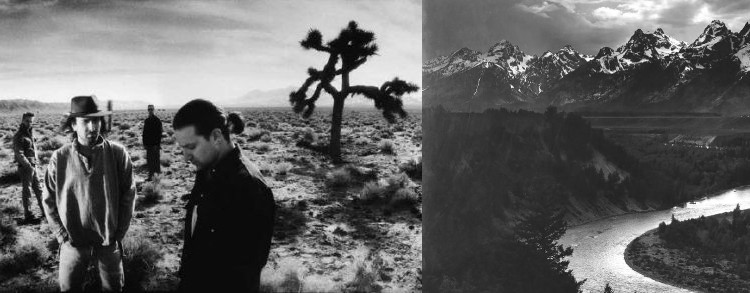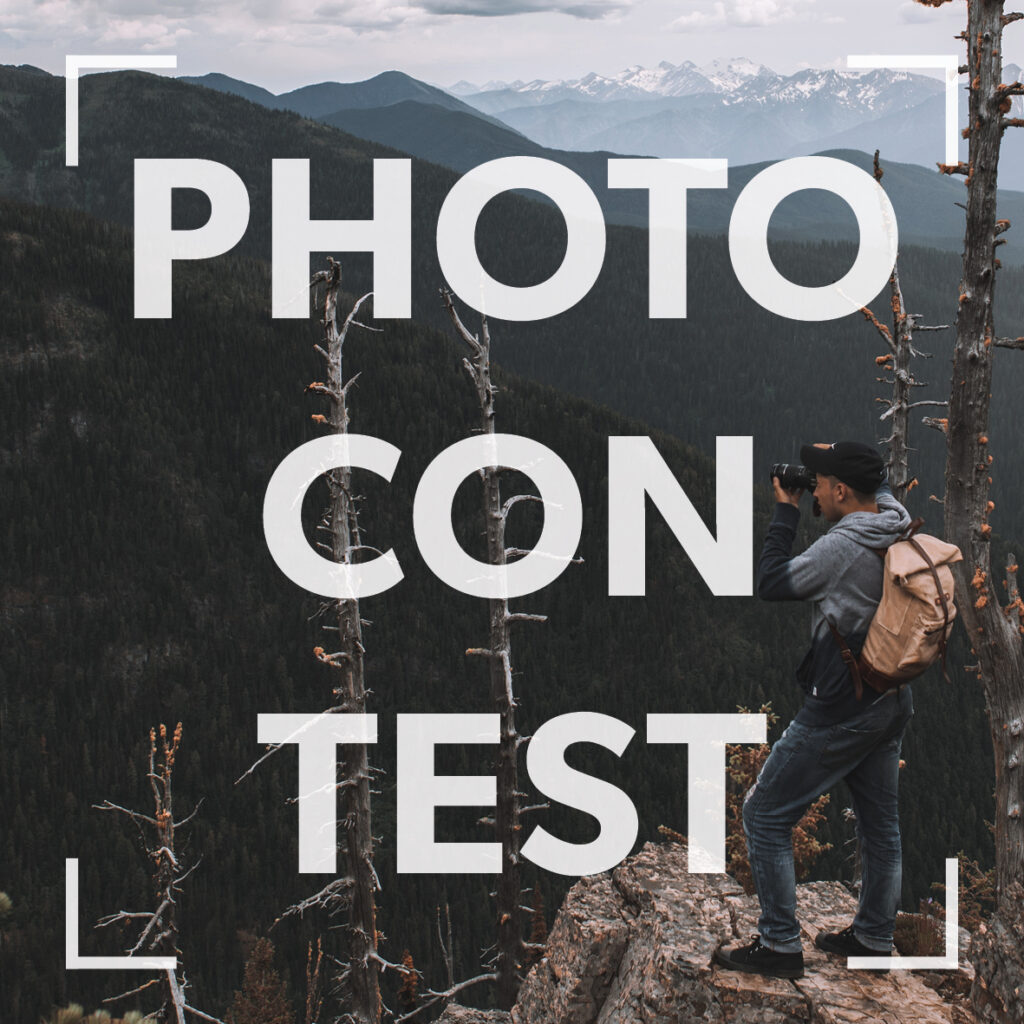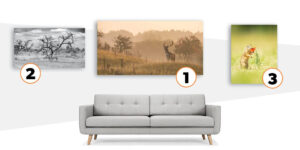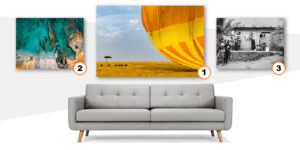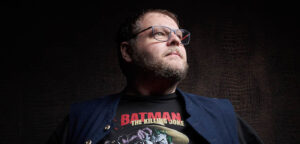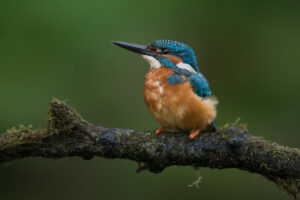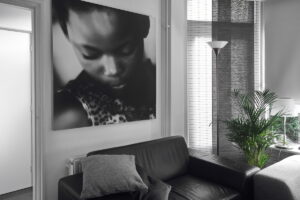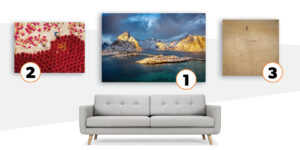Anton Corbijn and Ansel Adams are both famous for their black and white photography. What sets them apart and which style do you feel is closest to your own? Let’s find out!
Black and white is an all-time favorite style of photography for many. Of course, there once was a time in which photographers had no choice but to shoot in black and white, as color film had not yet been invented. But even now that color photography is the new normal, many photographers still prefer the mystery and the nostalgic look of black and white photography.
Personally, I’m a big fan of black and white photos. They make you fill in the blanks yourself, and really think about what it is that you are seeing. Sometimes it’s also a neat trick to deliver great work even in the most boring or difficult of lighting conditions.
I’d like to share two of the, in my opinion, best black and white photographers with you, hoping they might inspire you as much as they do me. These are two very different photographers, and they don’t have much in common. In fact, I think the only similarity is that they both photograph(ed) in black and white. But that actually makes it all the more interesting to find out how these two opposites can inspire us in their very own ways. Let’s find out who inspires you the most!
Anton Corbijn
Anton Corbijn (1955 – present) is one of my favorites. He’s a Dutch photographer of famous rock bands and director of The American and A Most Wanted Man, among others.
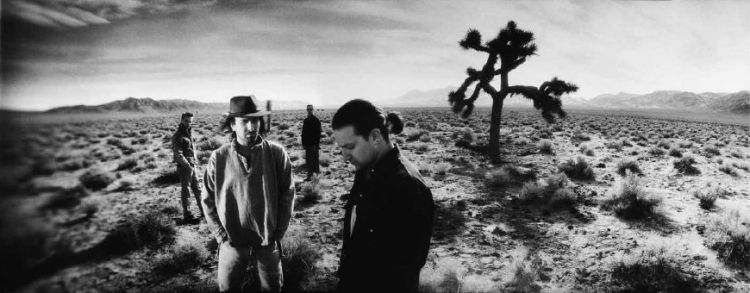
Capturing personalities
As a photographer, Anton Corbijn has his own, original style. He’s also one of the most modest people I’ve ever seen interviewed about his world-famous work. He says his secret lies in his ability to connect with the people he photographs. He doesn’t do that much planning of little details, and he does what feels right in the moment, he captures the personalities he sees in front of him. The intimate connection he has with his models shows in his images. They’re always very personal, somehow. His super contrasty black and white style definitely amplifies that intimacy. It is in no way a reflection of reality, but it makes for very interesting and unique images!
A matter of taste
At the start of his career, magazines and other publishers didn’t really understand his work. The super high contrast images were a bit too out of the ordinary.
One of his other famous photos is one of the band Joy Division, taken in the Lancaster Gate tube station in London. Even though it was turned down by all magazines he showed it to, because you couldn’t see the band member’s faces. Well, except for one. The only ones that liked the photo were the band itself. So that just shows how personal photography is, and how it is subject to personal taste.

So, Anton Corbijn is an emotional photographer who captures interesting people in interesting ways. He doesn’t feel much for capturing lighting conditions as they are, he likes the very black and very white and not too much in between. That’s the very recognizable style he became famous for.
Ansel Adams
Ansel Adams (1902 – 1984) was an American photographer and environmentalist. He used his photography to promote conservation of the untouched nature of America. As a big nature and photography fan, I can only admire his work.

Planning
“You don’t take a photograph, you make it.“
– Ansel Adams
This inspirational quote keeps you from choosing the easy way. It makes you think, learn, and plan before you push that shutter button. And that’s what separates a good photographer from a selfie-taking Instagrammer nowadays. When you plan your photoshoot, you are likely to get the best quality, realistic photos possible at that time. This doesn’t necessarily mean that all good photos were planned, of course. But when you know everything about the location, the weather and lighting conditions, the subject and your gear, you’ve covered the basics that could lead to unnecessary mistakes.
Seeing like the human eye
Ansel Adams wanted his photos to reflect exactly what he saw with his own eyes. Black should be black, and white should be white. And all details and all shades of grey should reflect the way he saw the landscape before him. Of course, a camera doesn’t work exactly like the human eye. The human eye can correct and adjust to what we see, quickly and precisely. We can see details in black and in whites, where a camera would often have to choose between the details in black or the details in white. To make it easier to find the perfect balance, he invented the zone system. This system helps you get your camera settings just right for the conditions that you’re shooting in. Get more info on the zone system here.
Ansel Adams was a very knowledgable and very interesting photographer, if you ask me. He planned his shoots and was a very technical photographer. All details, contrasts and sharpness in his photos are very well executed.
So, who is the better photographer: Corbijn or Adams?
Well, you tell me! Who’s style do you like best and which subjects do you find most interesting? I can definitely appreciate both photographers in their own way. Personally, I’m not that much of a planner and photograph what I see and feel is right in the moment. That’s why I’d say my style is more like Anton Corbijn’s. But the brilliant zone system of Ansel Adams can help you quickly find the right camera settings, which is very convenient during a shoot. But most of the time, I don’t mind if the lighting conditions don’t match reality. Some photos are more to my taste when they are overexposed or underexposed to remove unnecessary details. I also like to experiment with different amounts of light. So my guess is that most photographers recognize their own style in both photographers, to some degree.
How about you? Feel free to let us know in the comments. And, since a picture is worth a thousand words, feel free to show us your style, by submitting your best photo in our Photo Contest.

